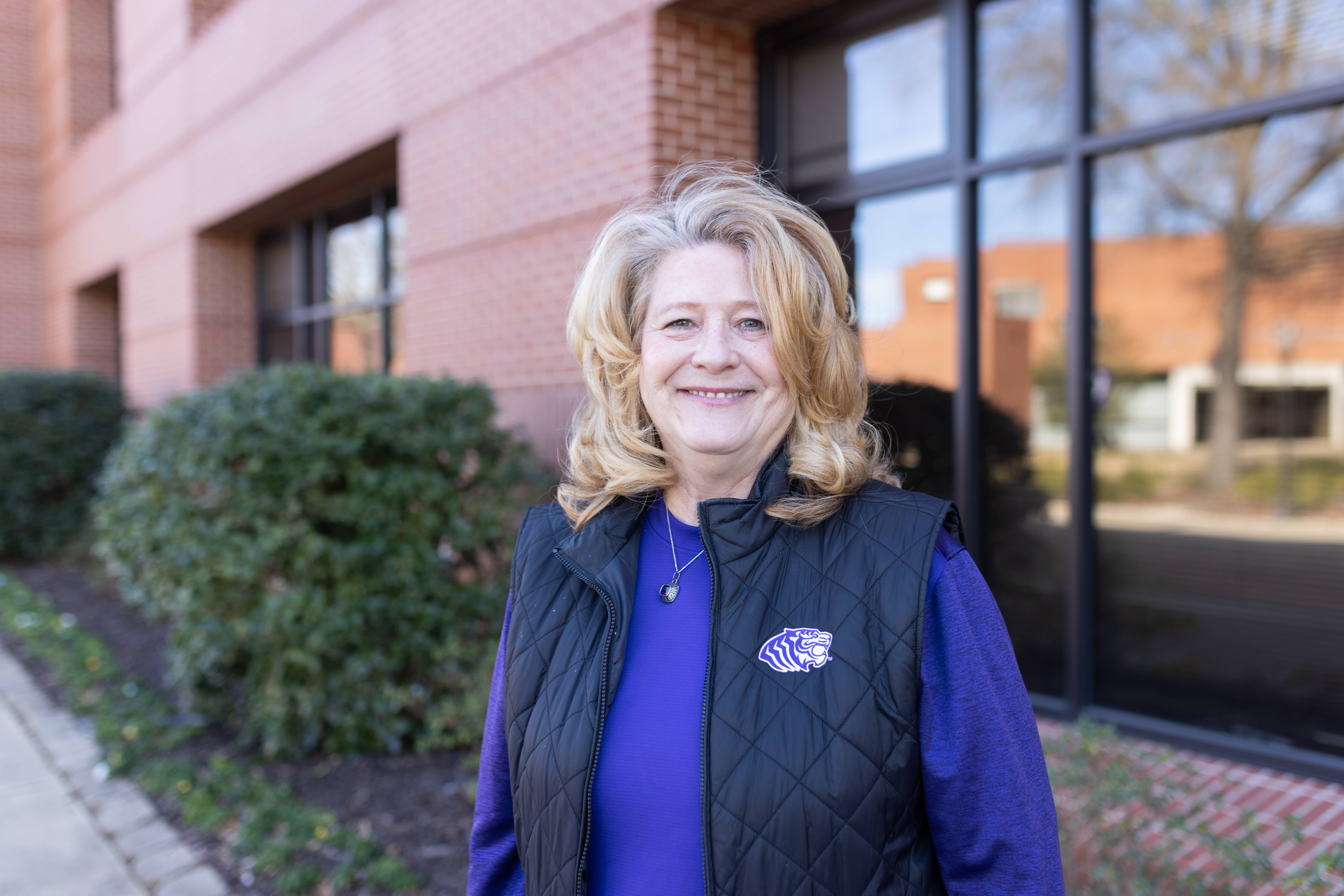Pressure was rising Friday as BP continued testing its breached Gulf of Mexico well with no evidence so far that other leaks exist, said BP’s Senior Vice President Kent Wells.
Wells said pressure was up to 6,700 psi (pounds per square inch) inside the well’s capping stack. BP was looking for an optimal 8,000 psi, which would indicate that no oil was being forced out through a leak and that the well was undamaged and able to withstand the pressure of the cap.
The “well integrity test” began Thursday after two days of delays, first as government scientists scrutinized testing procedures and then as BP replaced a leaking piece of equipment known as a choke line.
The oil stopped gushing out Thursday afternoon, the first time BP has been able to gain control since the the Deepwater Horizon rig exploded three months ago and triggered the catastrophe.
A series of cameras below the surface clearly showed the halt — a far different scene from the images day after day of a relentless flow.
The move is being lauded as a positive step, accompanied by a strong note of caution that the cutoff is simply part of the test, as BP and government experts assess how the well is holding up.
Video: How new oil cap works
Video: The leak’s stopped, now what?
Video: BP exec: ‘Too early to celebrate’
Video: Berms good for cleanup? RELATED TOPICS
Gulf Coast Oil Spill
BP
Gulf of Mexico
The data are being particularly closely scrutinized at six-hour intervals. Higher pressure readings mean the well is containing the oil, while lower pressure means some is leaking out.
The testing could go on for 48 hours. The longer it goes, the better indications are that the well is holding with the custom-made sealing cap.
BP cautioned that the oil cutoff, while welcomed, isn’t likely to go beyond the 48 hours.
Valves are expected to open after that to resume siphoning oil to two ships on the surface, the Q4000 and Helix Producer, as government and BP officials assess the data and decide what to do next. Two more ships are due to join them in coming weeks, bringing containment capacity to 80,000 barrels of oil a day, more than high-end estimates of how much oil had been leaking.
“It felt very good to see no oil going into the Gulf of Mexico,” Wells said. He said company officials are “obviously very encouraged” but they are “trying to maintain a strict focus” on remembering the whole purpose of the test, which is to gather data and decide how to proceed.
“I don’t want to create a false sense of excitement,” he said. “We want to move forward and make the right decisions.”
And BP Chief Operating Officer Doug Suttles said on CNN’s “Situation Room” that while no leaks were apparent, it’s too early to celebrate.
However, that did not stop Gulf residents from being cautiously optimistic.
“I was excited. I was happy about it,” New Orleans resident Michael Jackson, 50, said of reports that the gushing oil well had been capped. “But who’s to say that cap’s going to hold?”
Jamie Munoz echoed his sentiment.
“See the smile? That’s my reaction,” he said. “But it’s cautious optimism. Obviously I’m very happy. It’s [stopping the leak] been our goal for 88 days now. It’s been a long run. But hopefully we get it done right and begin the cleaning. That’s the most important part. Let’s clean up and get our fishermen back to work.”
Retired Adm.Thad Allen, who is overseeing the government’s response to the spill, said in a statement it “remains likely” that sending the oil to containment ships will be the avenue officials decide to pursue after the test, until the ultimate solution is readied — sealing the well by pumping mud and cement through one of two relief wells being drilled.
The wells are expected to be completed in August. The second one serves as a backup to the first. In some earlier briefings, Allen had mentioned the possibility of leaving the cap closed, after the test.
Allen said experts also will examine options for shutting off the well again temporarily, if there’s a hurricane.




